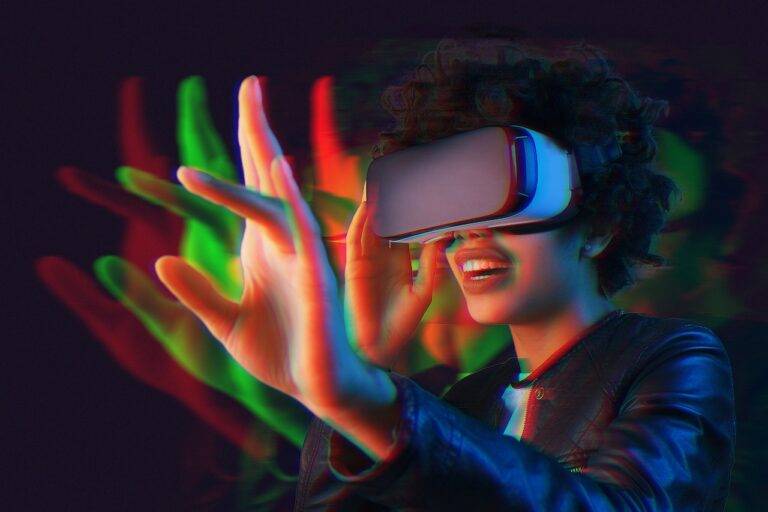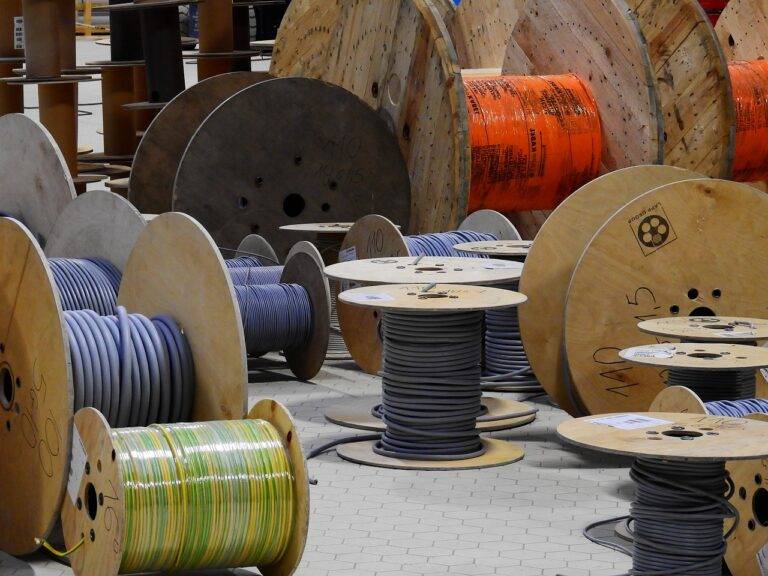How Tech Is Shaping the Future of Space Exploration and Research
One of the most notable advancements in space exploration technologies are the development of reusable rockets. Companies like SpaceX have made significant strides in creating rockets that can be launched multiple times, reducing the cost of space travel. This innovation has opened up new possibilities for more frequent and cost-effective missions beyond Earth’s atmosphere.
Additionally, the use of artificial intelligence and robotics has revolutionized how we explore space. Robotic rovers like NASA’s Mars Curiosity have allowed us to gather valuable data from the surface of planets millions of miles away. These robotic missions enable us to study distant worlds in ways that were once thought impossible, providing vital insights into the mysteries of the universe.
• Reusable rockets have revolutionized space travel by reducing costs and increasing mission frequency
• Companies like SpaceX have been at the forefront of developing reusable rocket technology
• Artificial intelligence and robotics play a crucial role in modern space exploration
• Robotic rovers, such as NASA’s Mars Curiosity, allow us to gather data from distant planets
• Robotic missions provide valuable insights into the mysteries of the universe
Advancements in Satellite Technology
Satellite technology has made remarkable strides in recent years, revolutionizing the way we perceive and understand our planet. Satellites now play a crucial role in various fields such as weather forecasting, global communication, navigation, and environmental monitoring. With advancements in satellite technology, we have access to real-time imagery and data that can aid in disaster response, resource management, and urban planning.
Moreover, the miniaturization of satellite components has led to the development of smaller satellites, known as CubeSats, that are more cost-effective and versatile than traditional satellites. These CubeSats can be deployed in large quantities, forming constellations that work together to provide a broader coverage area and increased data collection capabilities. As a result, satellite technology is becoming more accessible to a wider range of users, including smaller organizations and developing countries, enabling them to harness the power of space technology for various applications.
Robotic Missions to Explore Space
Robotic missions have paved the way for countless discoveries in space exploration. These advanced machines are equipped with sophisticated instruments that enable them to carry out intricate tasks, such as collecting samples from distant planets, surveying celestial bodies, and transmitting valuable data back to Earth. Their ability to withstand the harsh conditions of outer space has allowed scientists to gather crucial insights into the mysteries of the universe.
One of the key advantages of robotic missions is their cost-effectiveness compared to crewed missions. These autonomous machines are not only more affordable to build and operate but also eliminate the need for human resources in space, reducing the overall risk involved in exploration. As a result, robotic missions have significantly expanded our knowledge of the cosmos and continue to push the boundaries of what is possible in the field of space exploration.
What are some of the technologies used in space exploration?
Some of the technologies used in space exploration include satellites, rovers, telescopes, and spacecrafts.
How have advancements in satellite technology impacted space exploration?
Advancements in satellite technology have allowed for more precise data collection, communication, and navigation in space exploration missions.
What are robotic missions and how do they contribute to space exploration?
Robotic missions involve sending unmanned spacecrafts, rovers, and probes to explore space. These missions help gather data, conduct experiments, and scout for potential human missions.
What is the purpose of exploring space with robotic missions?
The purpose of exploring space with robotic missions is to gather information about other planets, moons, asteroids, and celestial bodies, understand our universe better, and prepare for future human exploration missions.
How do robotic missions differ from manned space missions?
Robotic missions are unmanned and are conducted by sending autonomous spacecrafts and rovers to explore space, while manned missions involve sending astronauts to space to conduct research and experiments.





